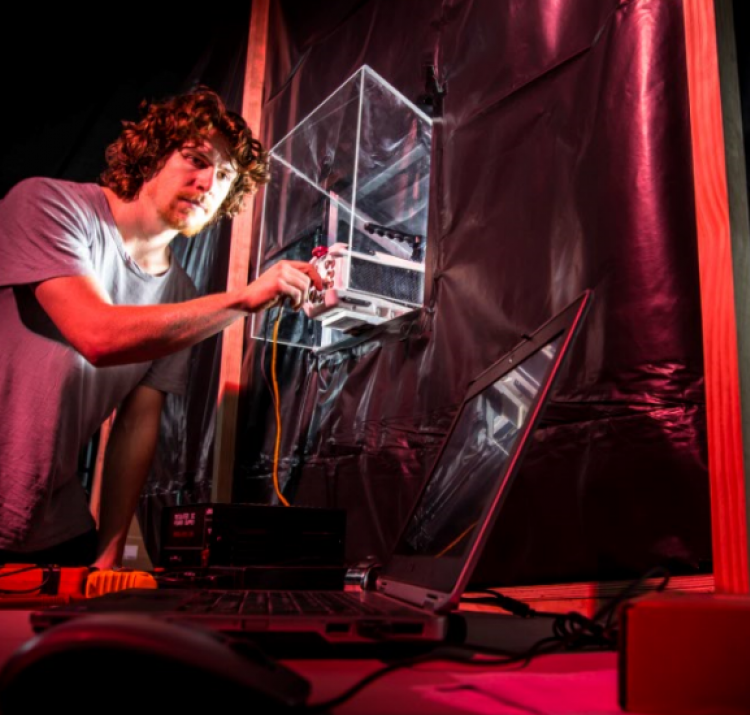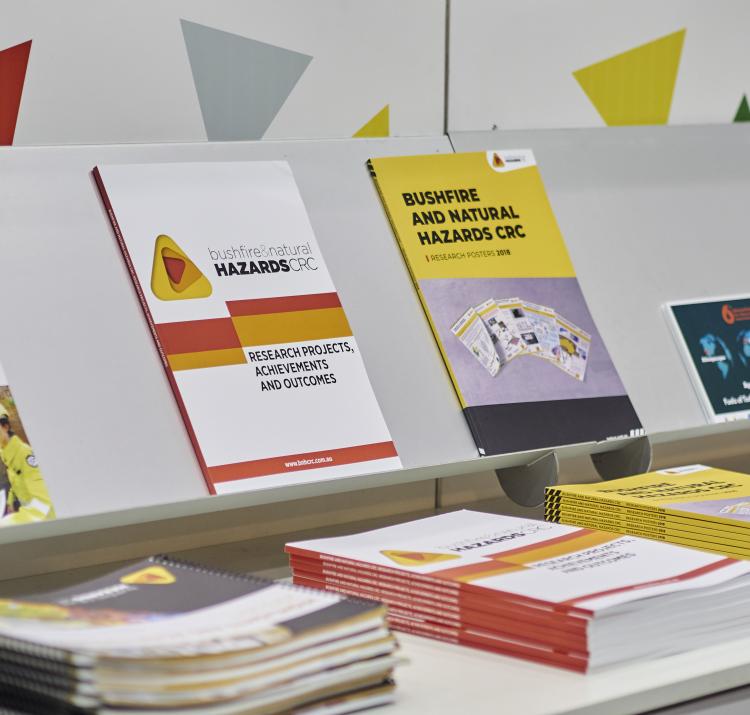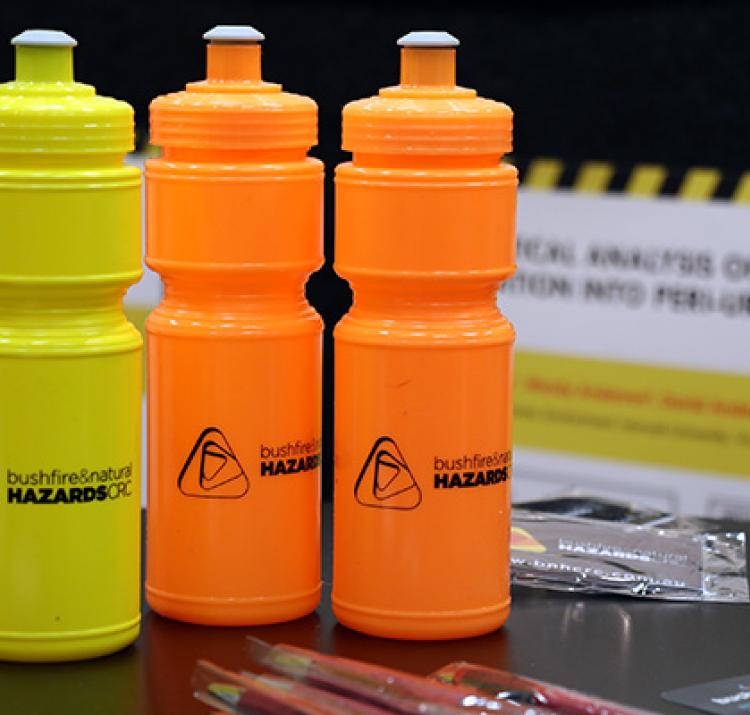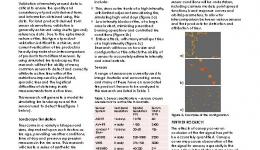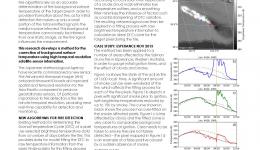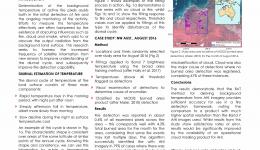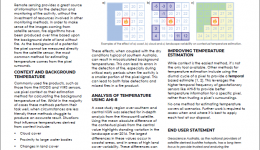Student researcher
This project developed new ways to provide quantitative analysis of the effectiveness of prescribed burning using terrestrial and airborne LiDAR techniques. Using a series of case studies of varying forest types, Bryan compared his measurements to existing vegetation assessment techniques to provide objective analysis of burn effectiveness. He then developed a model for the simulation of active fire landscapes which will validate a range of satellite remote sensors.
This project was completed in August 2018.
| Date | Title | Download | Key Topics |
|---|---|---|---|
| 25 Sep 2015 | Bryan Hally PhD Progress Report |
|
|
| 07 Jul 2017 | Three Minute Thesis: attribution of active fire using simulated fire landscapes |
|
fire, modelling |
| 02 Aug 2017 | Three Minute Thesis: Bryan Hally - Showcase 2017 | fire weather, modelling, remote sensing |
18 Aug 2015
Active fires are inscreasingly being identified using satellite remote sensing to determine their size and...
14 Aug 2016
Current methods of fire detection using remote sensing rely on contextual algorithms to characterise fire.
29 Jun 2017
Accurately estimating background temperatures is vital for identifying fire using remote sensing. New...
19 Sep 2018
Satellite remote sensing provides a timely and efficient method of detecting fire, but choosing the right...


